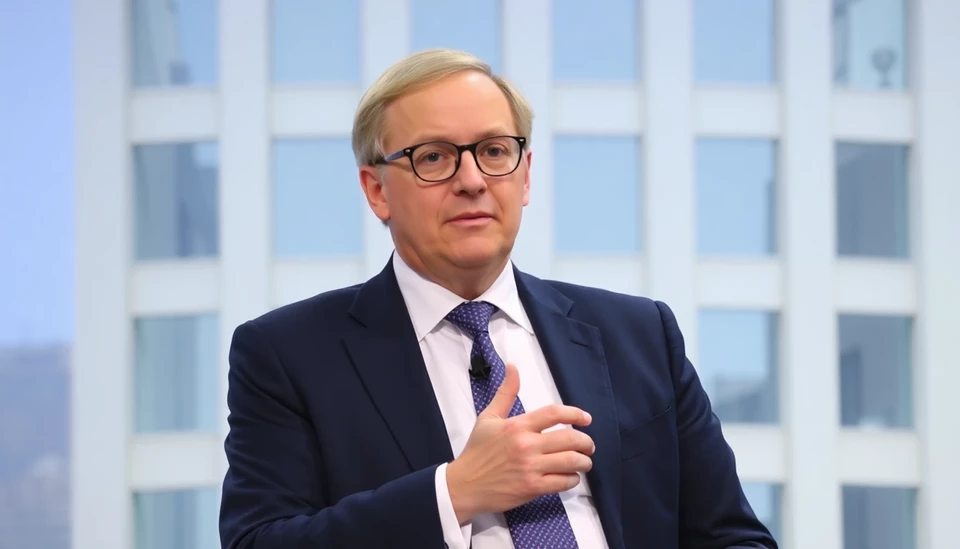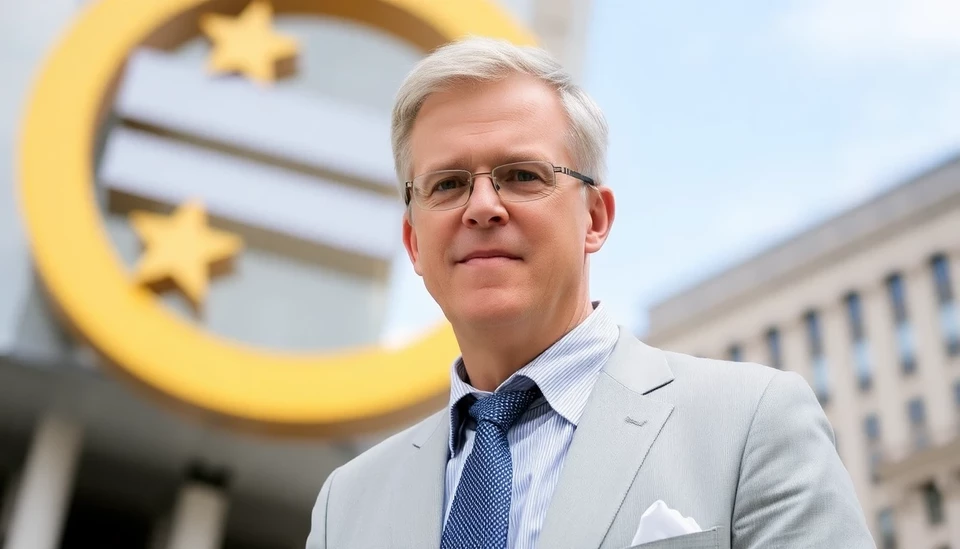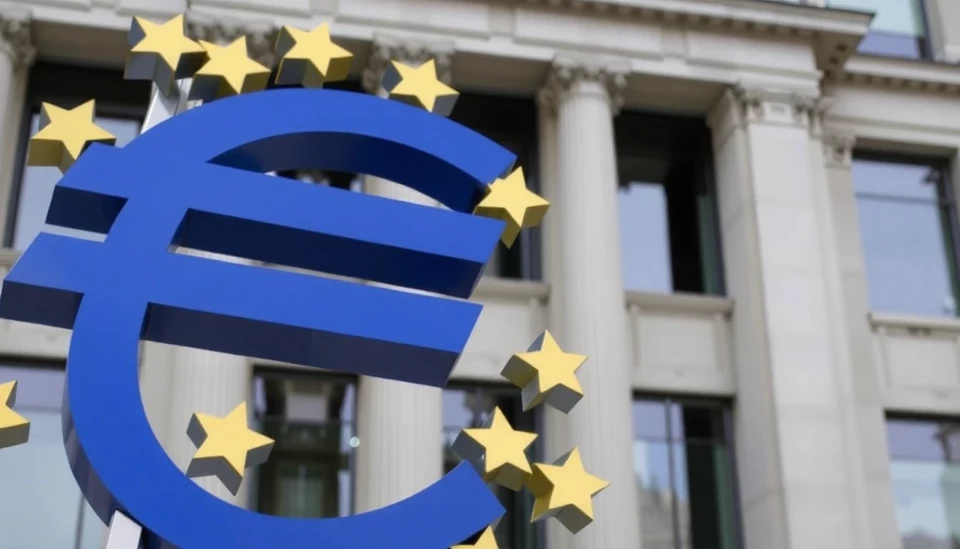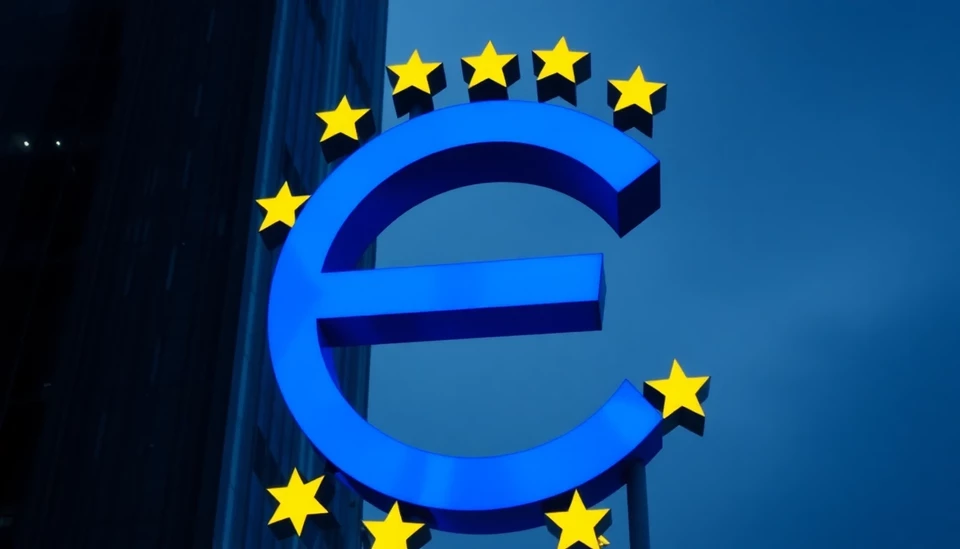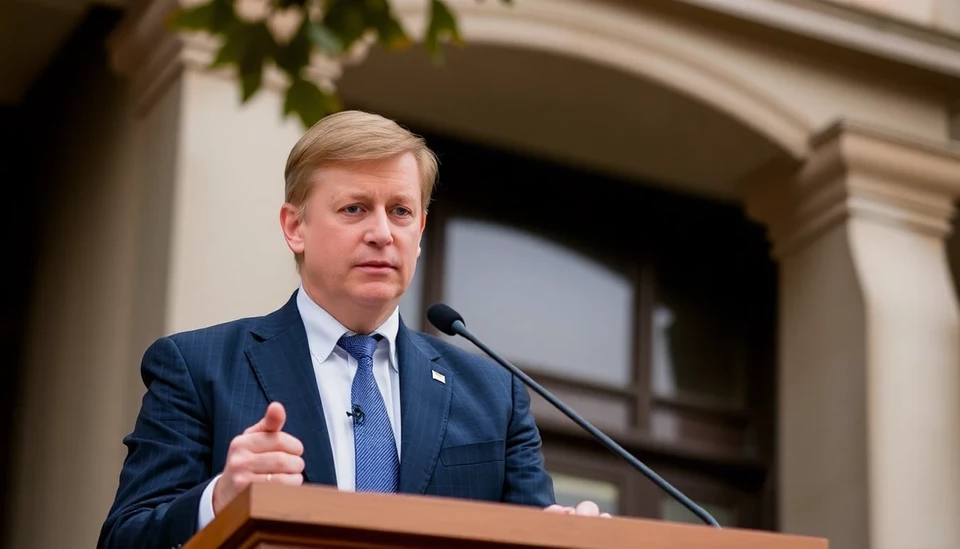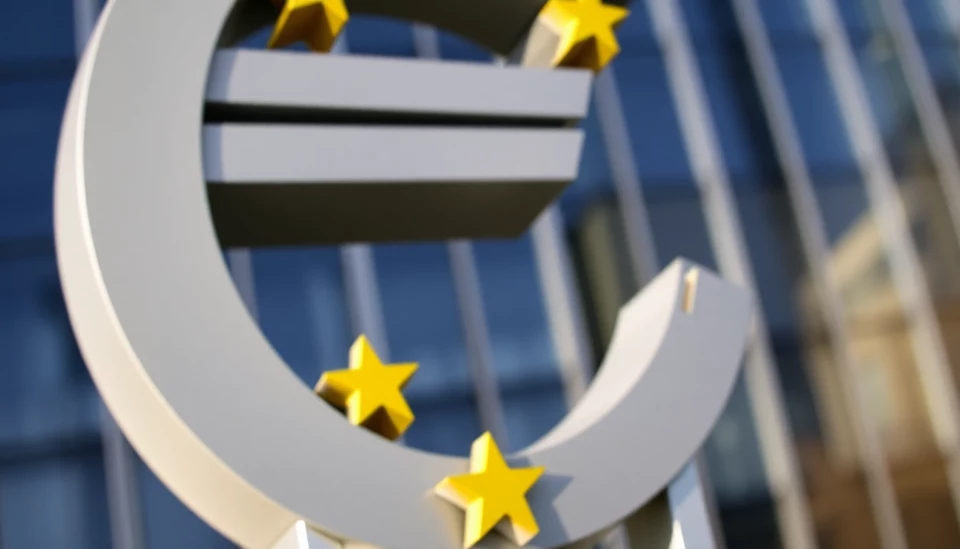
The European Central Bank (ECB) is facing a pivotal moment as inflation trends across the eurozone exhibit a curtailing trajectory. Recent analyses have unveiled a softer inflation outlook, prompting many economists to speculate on the potential for a shift in monetary policy that could lead to interest rate reductions. This change comes as the eurozone grapples with a diverse economic landscape, impacting consumer spending and overall financial stability.
Data released this week indicates that inflation rates within the euro area have started to decline, leading to increasing expectations that the ECB might pivot from its aggressive tightening cycle. The latest figures suggest that inflation is slowing down to levels that could allow the ECB to consider more accommodative monetary policy. This divergence is particularly noteworthy in comparison to scenarios earlier in the year, where inflationary pressures were driven by energy costs and supply chain disruptions.
ECB officials have been vocal about their commitment to curbing inflation, yet recent developments prompted a reevaluation of their stance. The central bank's recent communications have hinted at a potential consensus among board members. Several policymakers have pointed to the weakening inflation data as a key factor that could justify lowering interest rates in the near future. The ECB, which raised its benchmark rate significantly in response to inflationary threats, is now weighing the consequences of a potential rollback of its strategies.
Market analysts suggest that a rate cut, should it materialize, could rejuvenate economic activity as businesses and consumers are encouraged to borrow and spend more due to lower borrowing costs. Therefore, the ECB's interest rate decisions moving forward will not only reflect inflation metrics but also consider broader economic indicators such as employment rates and growth forecasts.
Adding to the complexity of the situation is the emerging consensus on the economic recovery across member countries. While some economies show signs of bolstering growth, others are still grappling with high debt levels and lackluster consumer confidence. This inconsistency highlights the ECB's challenge in crafting a one-size-fits-all approach as they navigate the delicate balance between fostering growth and controlling inflation.
Importantly, analysts are cautioning that while a cut may invigorate certain sectors of the economy, it may also risk reigniting inflationary pressures if demand surges unexpectedly. Thus, any decision from the ECB will likely reflect a careful deliberation of these evolving conditions and their potential repercussions on the financial landscape across the euro area.
With the ECB's next meeting approaching, investors and economists alike are keenly observing any shifts in rhetoric or policy signals as they prepare for the potential implications of a changing monetary framework. The intersection of these economic indicators could set the stage for a transformative phase in the eurozone’s economic policy, shaping financial trends for the foreseeable future.
In summary, the present outlook of weaker inflation in the eurozone serves as a significant backdrop for the ECB's considerations in terms of interest rate adjustments. As stakeholders await concrete policy announcements, the anticipation continues to build around how this evolving narrative will influence the economic landscape.
#Eurozone #ECB #Inflation #InterestRates #MonetaryPolicy #EconomicRecovery
Author: Rachel Greene
